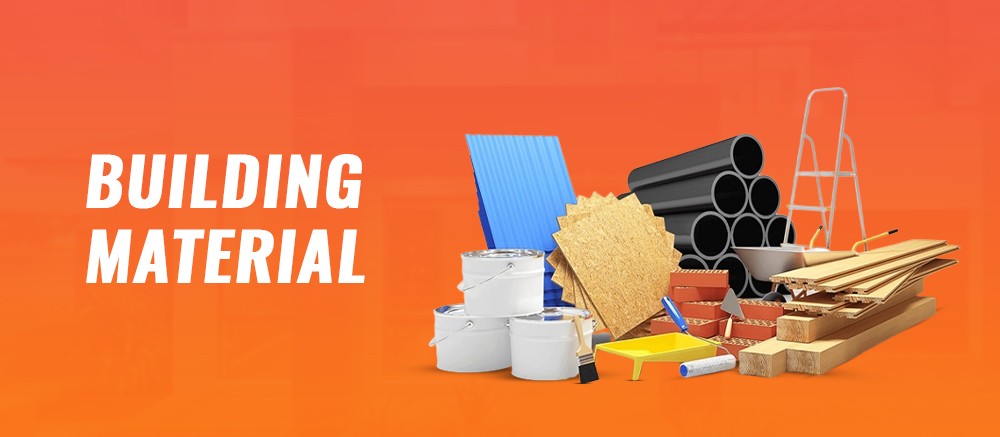High Cost of Building Materials in Ghana, Causes and Effects on the Housing Sector.

The high cost of building materials in Ghana has had significant impacts on the housing sector, affecting affordability, construction activity, and overall development. Understanding the causes and effects of this issue is crucial for finding solutions and promoting a more sustainable housing market. Causes: Limited Local Production: Ghana relies heavily on imported building materials, which incurs transportation costs, import duties, and taxes. The limited local production capacity exacerbates the dependence on imports, driving up costs. Currency Fluctuations: Frequent fluctuations in currency exchange rates can significantly impact the cost of imported building materials. When the local currency weakens against major currencies, the cost of imported materials increases, making them more expensive for buyers. High Production Costs: Factors such as the cost of raw materials, labor, energy, and overhead expenses contribute to the high production costs of building materials. These costs are often passed on to consumers, resulting in higher prices. Inadequate Infrastructure: Insufficient transportation networks and storage facilities hinder the efficient distribution of building materials, adding extra costs to the supply chain and increasing the overall price. Importation Processes: Lengthy importation processes, including bureaucratic procedures and delays at ports, can increase the cost of building materials due to storage and handling charges incurred during the waiting period. Effects on the Housing Sector: Affordability Challenges: The high cost of building materials directly affects the affordability of housing. It becomes increasingly difficult for individuals, businesses, and the government to undertake construction projects due to the higher expenses involved. This results in limited access to affordable housing options. Slow Construction Activity: The high cost of building materials can lead to a slowdown in construction activity. This negatively impacts the growth of the construction industry, reduces employment opportunities, and hampers the development of infrastructure and housing projects. The slow construction activity further contributes to the existing housing deficit. Increased Housing Costs: Higher building material costs translate into increased housing costs, making it challenging for people to afford decent and quality housing. This exacerbates the housing crisis, particularly for low and middle-income individuals and families, leading to overcrowding, informal settlements, and inadequate living conditions. Decreased Investment in the Housing Sector: The high cost of building materials deters real estate investors and developers from investing in Ghana. This decreases investment in the housing sector, which affects the supply of housing units and slows down the overall development of the sector. Inequality and Social Implications: The high cost of building materials worsens the inequality gap in housing. It creates a divide between those who can afford quality housing and those who cannot. This perpetuates social disparities, with the most vulnerable segments of the population being disproportionately affected. Addressing the high cost of building materials requires a comprehensive approach: Promoting Local Production: Encouraging local production of building materials can reduce dependence on imports and transportation costs. Supporting local manufacturers and improving their production capacity can lead to more affordable materials. Improving Infrastructure: Investing in transportation networks, storage facilities, and logistics can enhance the efficiency of material distribution and reduce costs. Upgrading road networks, modernizing ports, and streamlining importation processes will contribute to a more cost-effective supply chain. Policy Interventions: Implementing policies that support affordable housing, such as tax incentives for developers, subsidies for low-income households, and regulations that promote sustainable construction practices, can contribute to reducing building material costs. Research and Innovation: Investing in research and development can lead to innovative solutions for reducing the cost of building materials. Exploring alternative materials, sustainable construction techniques, and energy-efficient designs can help mitigate costs in the long run. Capacity Building: Providing training and capacity building programs for local manufacturers, contractors, and construction professionals can enhance their skills and efficiency, reducing production costs and ultimately impacting the cost of building materials. By addressing the causes and effects of the high cost of building materials, Ghana can promote affordability, stimulate construction activity, and create a more inclusive housing market that meets the needs of all its citizens.


